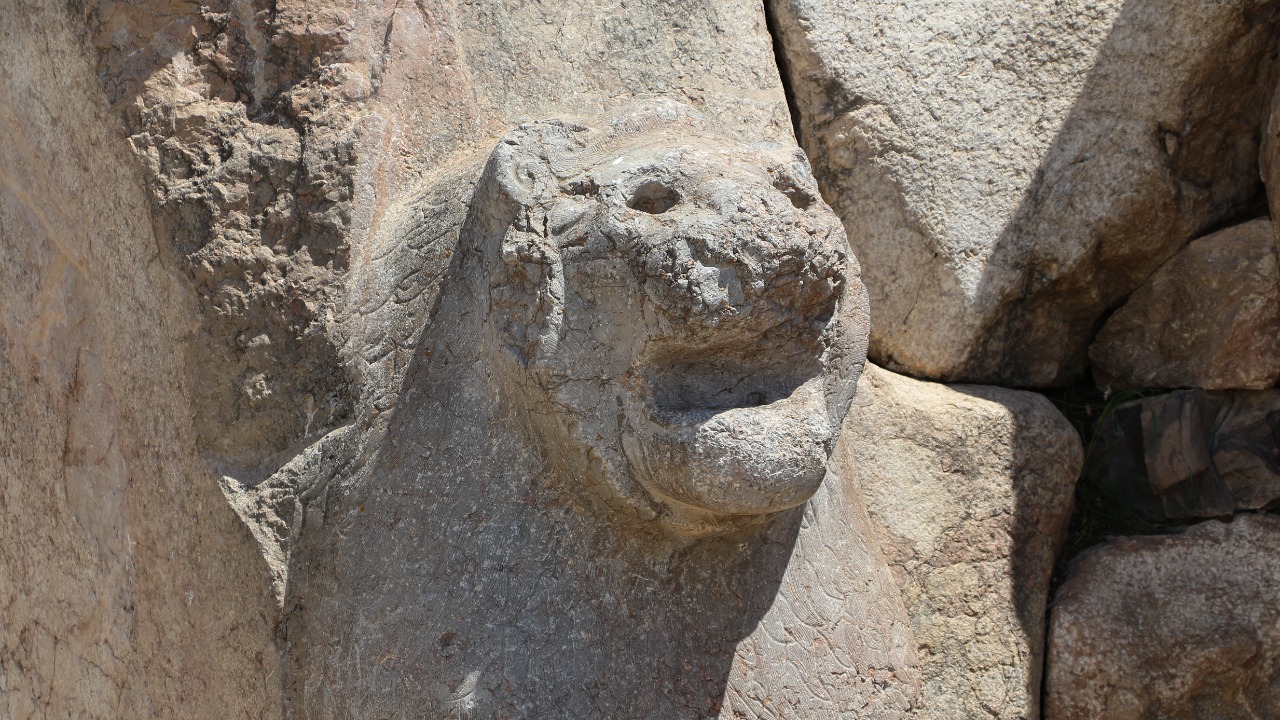
The ancient city of Hattusa, once the vibrant capital of the Hittite Empire, has long fascinated archaeologists and historians alike. Recent discoveries at the site suggest the use of advanced technologies far beyond what was previously attributed to this Bronze Age civilization. Compelling evidence of high technology at Hattusa reveals new insights into ancient engineering, challenging our understanding of the capabilities of early societies.
The Architectural Marvels of Hattusa
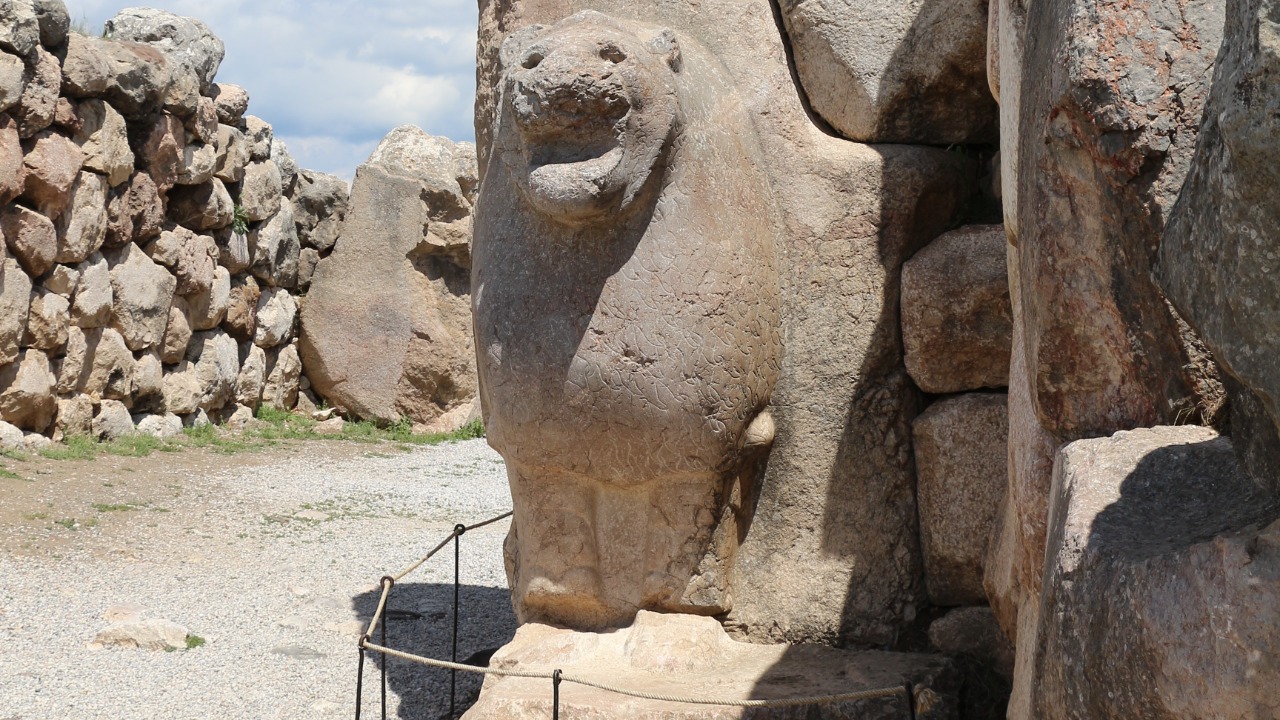
Hattusa’s architectural feats are remarkable, particularly in the precision of stone-cutting techniques. Archaeologists have been puzzled by cylindrical holes and precise cuts in massive stone blocks, suggesting the use of advanced tools or methods exceeding those typically associated with the Bronze Age. These features imply that the Hittites may have employed sophisticated technologies for quarrying and crafting stones, which were critical in constructing their resilient structures.
In addition to stone-cutting, Hattusa showcases sophisticated urban planning, particularly in its water management systems. The city was designed with an extensive network of canals and reservoirs, indicating a high level of understanding in hydrology and engineering. Monumental gateways, such as the famous Lion Gate, and the city’s imposing walls demonstrate meticulous design and construction techniques, underscoring the Hittites’ ability to create enduring and functional urban landscapes.
Examining the Tools and Methods

The debate surrounding the tools used to achieve such precision in Hattusa’s architecture has led some experts to consider the possibility of Iron Age technology being employed. Tools such as saws and drills, potentially used during the later phases of Hattusa’s development, may have contributed to the advanced construction methods observed. This raises questions about the timeline of technological advancements in the region, as evidence suggests that these tools were available earlier than previously thought.
Comparative analysis with other ancient civilizations highlights similarities in construction techniques and raises the possibility of cultural exchange. The influence of Egyptian and Mesopotamian engineering is evident in Hattusa’s architectural style, suggesting that trade and interaction facilitated the transfer of knowledge and technology. This cross-pollination could explain the advanced methods apparent in Hattusa’s construction and urban planning.
The Role of the Hittite Empire in Technological Innovation
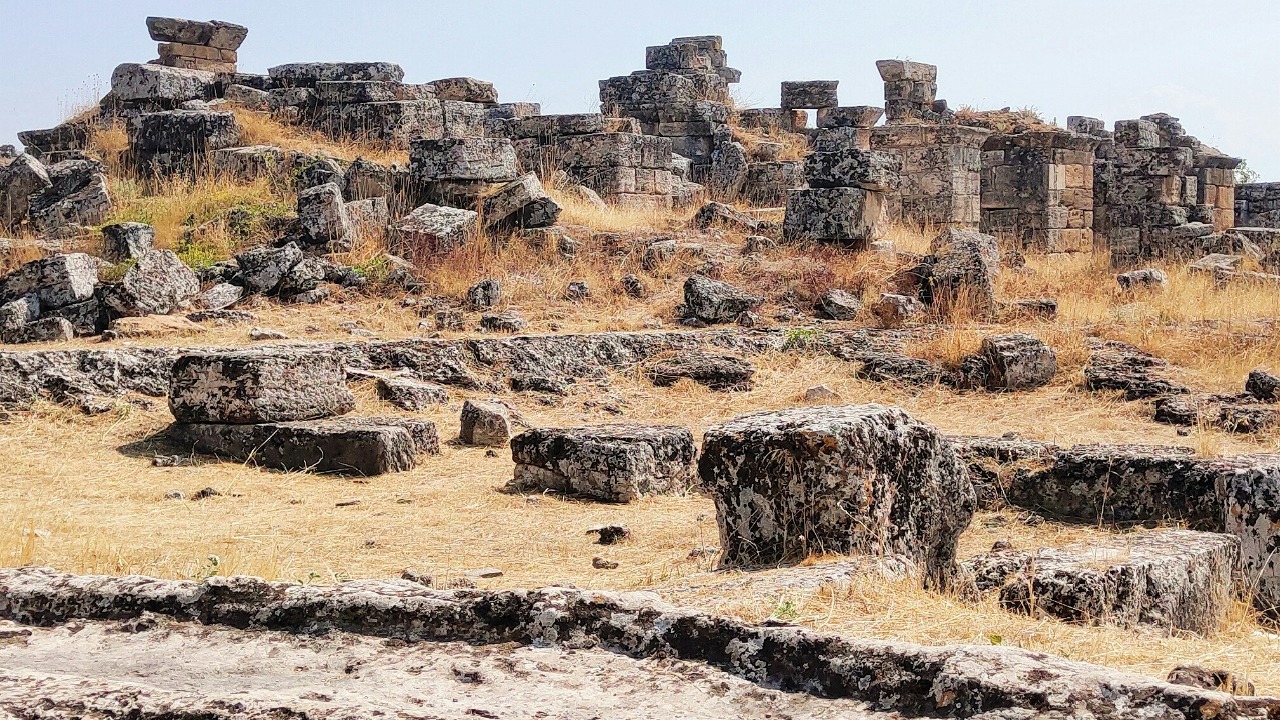
The Hittite Empire was renowned for its metallurgy and craftsmanship, particularly in iron smelting. The ability to produce iron tools and weapons gave the Hittites a significant advantage in both construction and warfare. Their advanced metalworking skills are evident in the durability and complexity of Hattusa’s structures, further supporting the notion of their technological prowess.
The legacy of the Hittite Empire in engineering extends beyond their own time, influencing subsequent civilizations in the region. The innovations developed during their reign laid the groundwork for future advancements in construction and infrastructure. The Hittites’ contributions to engineering practices are a testament to their ingenuity and continue to be studied for their impact on ancient technological development.
Theories and Debates Among Archaeologists
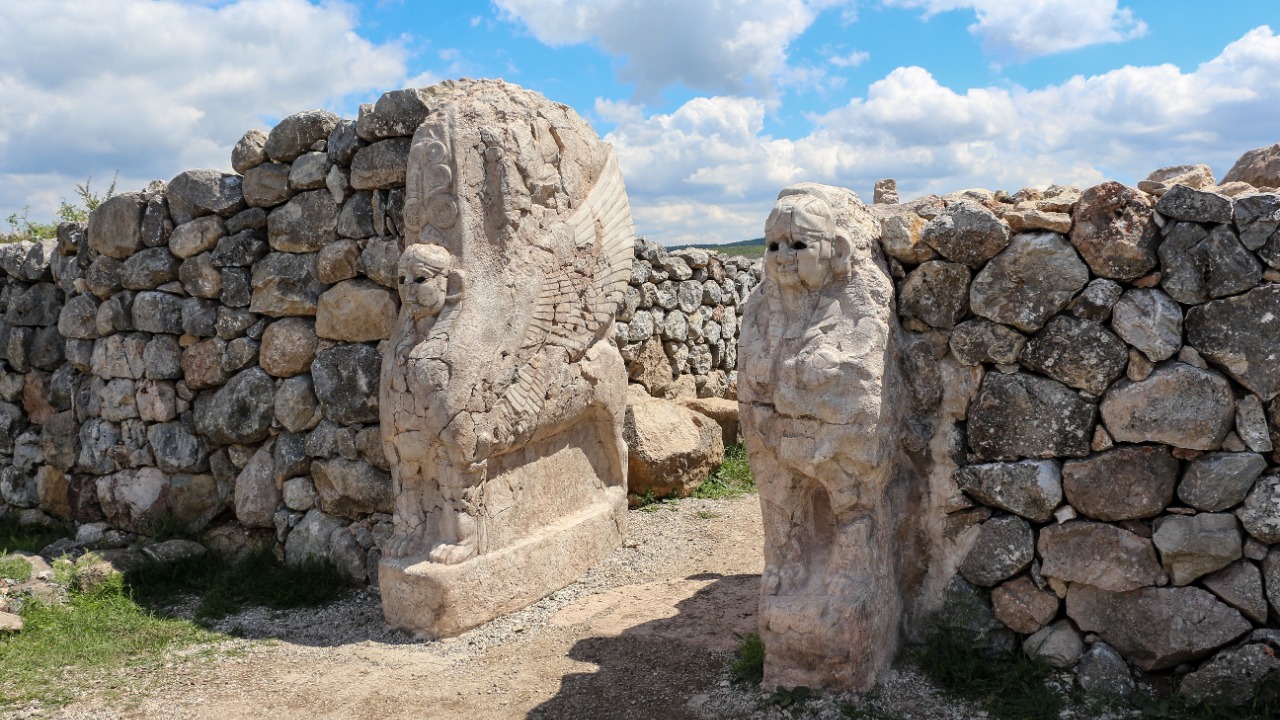
The discoveries at Hattusa have sparked significant debate among archaeologists regarding the extent of technological advancement achieved by the Hittites. Some experts remain skeptical, questioning whether the evidence truly reflects advanced technology or if it can be attributed to known Bronze Age techniques. These differing interpretations highlight the complexities involved in understanding ancient societies and assessing their capabilities.
Despite the controversies, the findings at Hattusa have profound implications for our understanding of early technological development. They challenge traditional historical narratives, suggesting that ancient societies may have been more advanced than previously believed. This potential shift in perspective encourages a reevaluation of technological progress throughout history, inviting new discussions on the capabilities and achievements of early civilizations.
Environmental Factors and the Decline of Hattusa
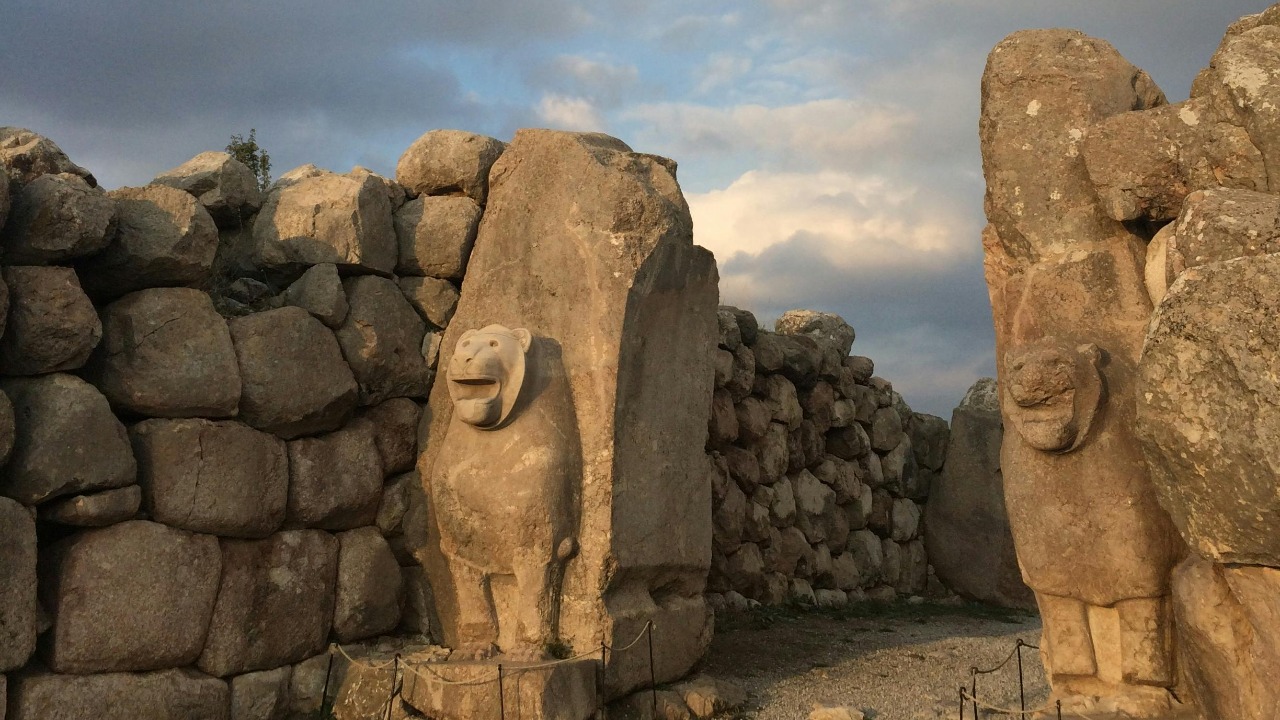
The decline of Hattusa and the Hittite Empire has been linked to environmental factors, particularly climate change. Recent studies suggest that a climate crisis may have contributed to the empire’s collapse, highlighting the vulnerabilities of ancient societies to environmental stresses. Understanding the role of climate in the decline of Hattusa offers insights into how environmental factors have historically influenced the rise and fall of civilizations.
Efforts to preserve and study Hattusa continue, as the site holds significant historical value. The preservation of Hattusa’s technological wonders is crucial for ongoing research and education, providing a window into the past and a greater understanding of ancient engineering achievements. As archaeologists and historians unravel the mysteries of this remarkable city, Hattusa remains a vital piece of the broader context of ancient history.